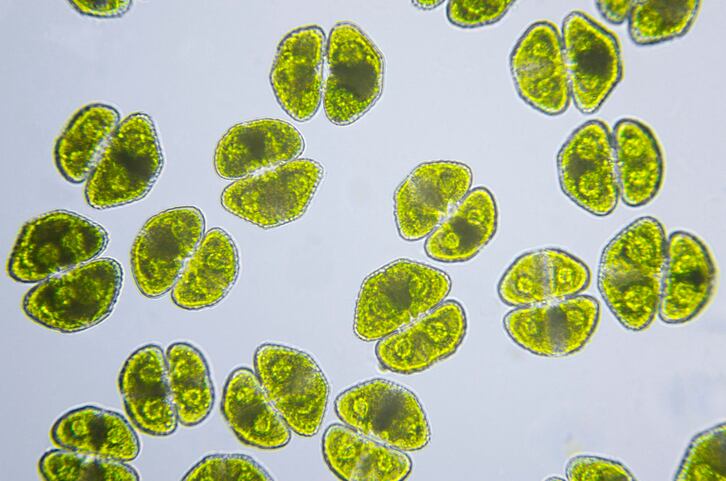Writing in the journal Frontiers in Nutrition, a team of Italy-based researchers conducted a search of the Google Scholar and PubMed databases from inception to June 30, 2024 to analyze the published literature on these alternative protein sources and their potential roles in clinical nutrition.
“The quests of these proteins and derived peptides in the context of preventive and clinical nutrition present a promising road to uncover innovative dietary strategies and therapeutic approaches,” they wrote, noting that the search also responds to environmental concerns.
With the global food demand is expected to increase from 21% to 56% between 2010 and 2050, not only does the growing consumption of red and processed meat contribute to the health burden but significantly impacts the environment as a result of higher greenhouse gas emissions, consumption of water and land use and human-induced terrestrial biodiversity loss.
Breaking down the proteins
The researchers noted that algae are protein-rich marine resources that have a rapid growth rate, can adapt to extreme and competitive environments and contain numerous health-promoting compounds and proteins, such as lectins, phycobiliproteins, mycosporine-like amino acids, derived hydrolysates and bioactive peptides.
"Commercially available microalgae, such as spirulina (Cyanobacterium Arthrospira platensis) and Chlorella vulgaris contain up to 68% protein by dry weight, whereas red algae contain up to 47% of protein," they wrote.
According to their review, the evidence suggests that algae-derived proteins could help to counteract muscle loss in the ever-expanding older population and could also be harnessed for their anti-inflammatory, anti-microbial, anti-tumor, anti-diabetic, anti-hypertensive, antioxidant properties and anti-obesity effects.
Consumption of protein from fungi—mycoprotein—as alternative with a low environmental footprint is increasing globally.
The review highlighted potential benefits including weight management by reducing energy intake and increases satiety; cardiometabolic health by advantageously modifying blood lipid profiles; and increasing muscle protein synthesis, particularly in young individuals.
Regarding insect protein, the researchers reported that while it is challenging to generalize the nutritional profile of the 2,100 insects species considered edible, many are sources of high-quality protein, unsaturated fats, micronutrients and fiber.
"Interestingly, iron and zinc found in crickets, grasshoppers and mealworms have been shown highly bioavailable compared to sirloin beef," they wrote. "Currently, common edible insect species are house cricket (Acheta domesticus), African palm weevil (Rhynchophorus phoenicis), yellow mealworm (Tenebrio molitor), mopane worm (Gonimbrasia belina), domesticated silkworm (Bombyx mori) and honeybee (Apis mellifera)."
The review highlighted the potential of insect protein to support muscle proteins synthesis for muscle building in populations that consume less protein and suffer from anabolic resistance such as older and the clinically compromised. Although human studies are still lacking, peptides and bioactive compounds derived from edible insects could also provide antioxidant, anti-obesity, anti-diabetic and anti-hypertensive benefits.
The challenges
Despite the potential health benefits, there are challenges to overcome, such as safety concerns and cultural acceptance of alternative sources of protein in the diet.
“Food disgust (the product goes beyond the internalized norm of what food is), lack of familiarity with insect consumption, neophobia (hesitance to consume unfamiliar food), lack of product information, curiosity or sensation seeking and food technology neophobia were the identified drivers for low acceptance of insect consumption,” the researchers wrote.
The review called for future studies to investigate the safety, efficacy and practical application of these alternative proteins in clinical nutrition and noted the need for social and behavioral change strategies to change people's attitudes towards these novel foods.
Source: Frontiers in Nutrition Volume 11 - 2024
doi: 10.3389/fnut.2024.1461621
“The role of algae, fungi, and insect-derived proteins and bioactive peptides in preventive and clinical nutrition”
Authors: M. A. Yimam et al.

